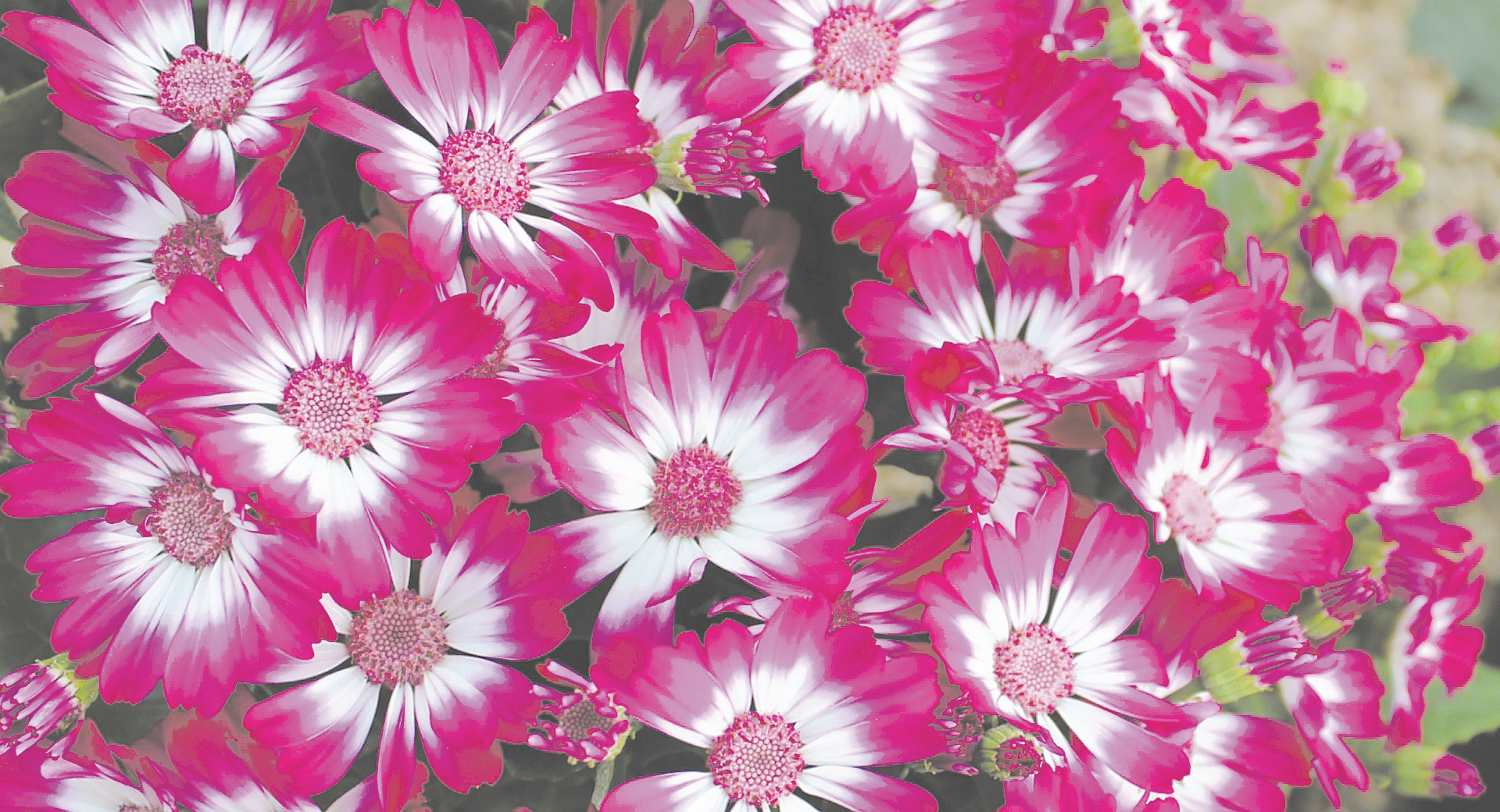Spring means it's time for Plant and Pest Diagnostic Clinic

By David Sprague
OSU Ext. master gardener volunteer
Canfield
After an up and down winter, spring is finally here. The maples have bloomed and the calendar is turning to April. That means the 2018 Plant and Pest Diagnostic Clinic starts Monday.
The clinic’s OSU master gardener volunteers provide the public with free information on a wide range of questions on flowers, vegetables, lawn care, trees and shrubs, and garden and household pests.
We identify plants and plant diseases and make recommendations on fertilizers and soil amendments and more.
We can help you improve your skills in the lawn and garden, improve your property or grow your own food.
The clinic also offers laboratory soil tests, from which we can make recommendations for improving your soil.
Lawns, flower beds and garden soil should be tested every two to three years before applying fertilizer or other amendments. The cost for a soil test is $20 per sample. We dry the kit, prepare the paperwork and mail it to the laboratory.
Laboratory soil tests are much more accurate and provide more information than results you get from soil test kits found on shelves in stores and online. Purchased kits provide only a range, and do not test for everything you need to know about your soil. These kits require distilled water and planning, costing you more in the end.
You can call or come by the clinic with your questions. For most questions, it will be helpful if you can provide us with a sample of the problem at hand.
Use these guidelines when collecting samples for the clinic.
For plant diseases: Provide a fresh sample showing both diseased and healthy tissue on the plant. A good sample would be a fresh stem or branch with leaves and any available flowers and fruit included.
For plant identification: Provide as many parts of the plant as possible, including stems, leaves, and flowers, fruit/berries if available. The fresher the sample the better. Individual leaves do not make a good sample for plant identification.
For lawns: Take about 4-6 inches of sample from the lawn that contains both good and bad areas of grass. Include the grass roots and soil to a depth of 2 inches.
For pests: Collect one or more intact insect or pest specimen and place it/them in a plastic or glass container. Write your name on the container and seal the container so any live pests cannot escape.
For information on the clinic and directions for taking soil samples, visit http://go.osu.edu/soiltesting.
The clinic is a service of OSU Extension, Mahoning County. All answers provided by the clinic are the scientific results of university or government tests and evaluations. The clinic has full access to OSU’s resources from around Ohio to find answers to your questions. The clinic is open 9 a.m. to noon Mondays and Thursdays through the end of October. If these days and times are not convenient, you can visit or call the extension office Monday through Friday between 8 a.m. and 4:30 p.m. to submit questions or drop off samples. A master gardener volunteer will get back to you.
 43
43
